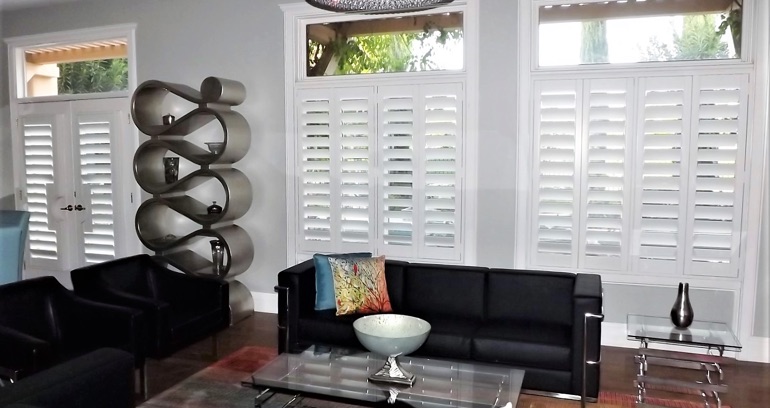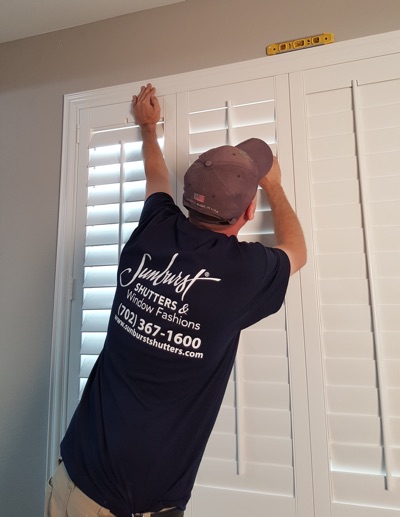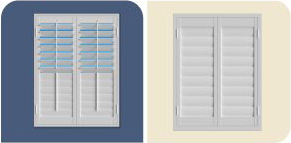
Are DIY Shutters Hard to Do?
Doing home improvement projects by yourself in Hartford is a lot easier than it used to be. With resources easily available to walk you through every step, many once-difficult projects are now very doable.
There are outliers, though – jobs that may be inconvenient, tedious, or just too complex to do by yourself. One job that may fall into that category is putting in DIY plantation shutters.

These are just a handful of the problems that may come up when trying to put in shutters as a DIY project.
DIY Window Measuring for Shutters
Though it might seem easy on the surface, getting the exact window measurements for plantation shutters can get a little tricky. As one of our installers says, “There’s about a thousand wrong ways to measure windows, but only one way to do it right.” There’s a good amount of differences between individual windows that can change the way you measure.
Do you know if your shutters need to be on an inside mount or an outside mount? What’s the thickness of the shutter frame you’re looking at and how far into the window opening will it need to sit? What kind of frame is best for casement-in windows, swinging windows or sliders?
The answers to each of these questions can have an impact which style of shutters and frame are best for you. That also changes how you need to measure your windows.
Buying DIY Shutters
The next difficulty for DIY shutters can arise during the buying process. Just like the variation in windows, there’s a lot of variation in shutters, and if you’re on your own, it can be easy to buy the wrong thing. Here are a few common DIY mistakes:
-
Purchasing the wrong material for shutters. For instance, purchasing natural wood shutters to put in a room that might actually need a moisture-proof window treatment.
-
Picking a shutter option that doesn’t let you open or close your window all the way.
-
Choosing the wrong type of shutter frame, especially for unique windows like in French doors.
When talking to DIYers, we’ve found there might be some added confusion with shutter terminology. Working with a shutter company helps eliminate any confusion, so you get exactly what you need.
Installing Shutters Yourself
Where DIY shutters can become most difficult is when it comes time to install them, as you likely guessed.
First off, shutter installation needs to be precise, and one tiny slip-up in measuring at the start or in hanging a bracket can throw a wrench in the whole project. Shutters can also be physically hard to maneuver on your own; depending on the material and your window’s position, lifting a shutter can be strenuous and sometimes hazardous.

Something some DIYers don’t know is that it’s pretty common for shutters to not exactly fit your window frame. This is mainly due to the fact that few window frames are a perfect square. Installing the shutter flush to one side of the window opening could force the entire shutter to be crooked and make gaps. Caulking a quarter or half-inch gap is common with shutter installations, and if you’re an inexperienced DIYer a caulking job could be more than you bargained for.
Last, when you do a DIY shutter project, you don’t have a safety net. If a professional installer puts in your shutters for you, they’ll almost always guarantee the project with a warranty. But if something goes wrong when you try to install yourself, you’re not likely to be covered for damage to the shutters or any other part of your house.


